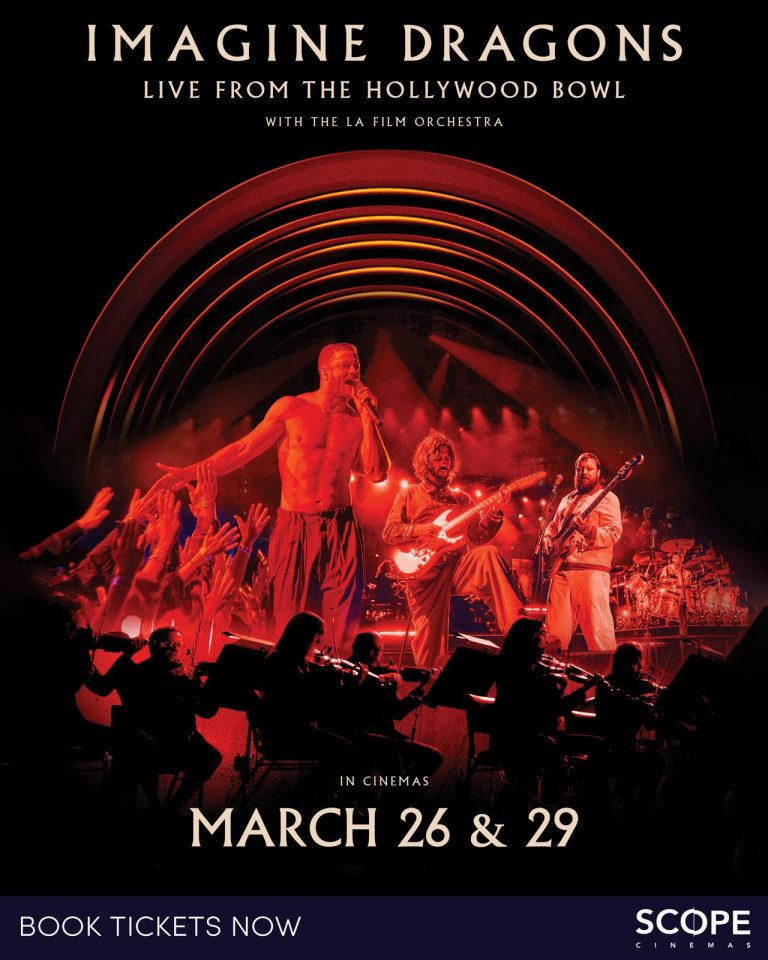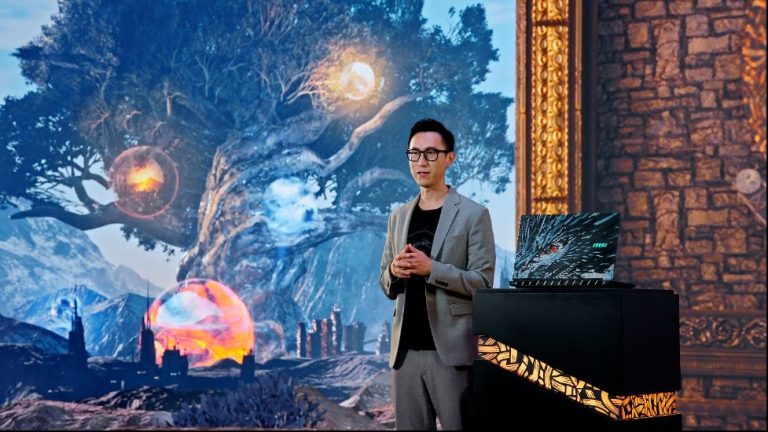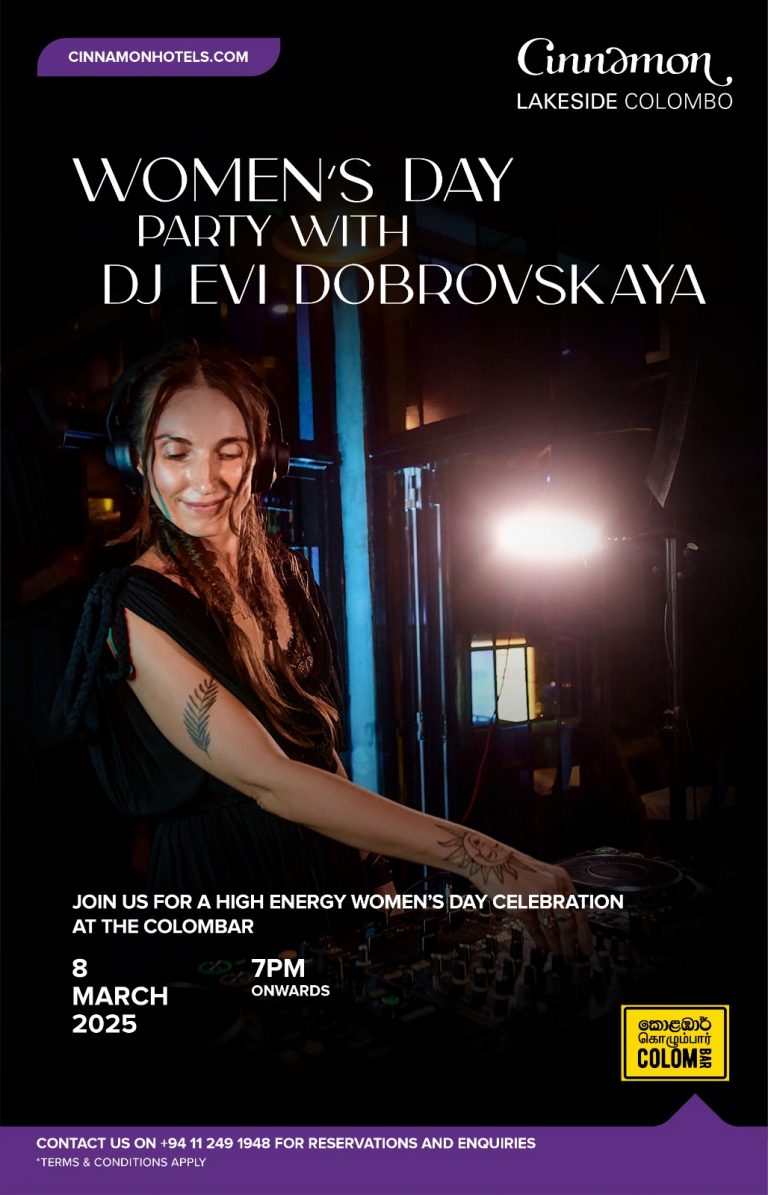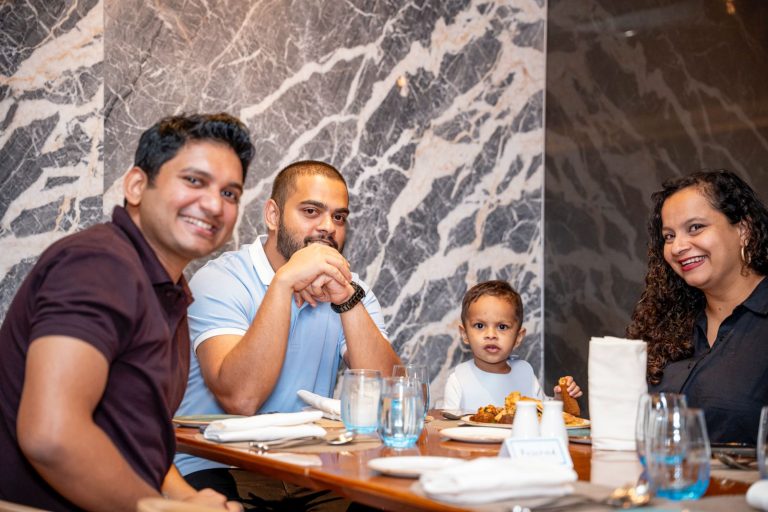The Sri Lanka Magic Circle is a state-recognized institute of magicians that has been around since the 1920s. Back in the ’50s, they formed troupes and performed islandwide and members have since won local and international awards.
We sat down for a chat with veteran magician Ronald De Alwis, who still performs at 80 years of age and has been in the industry for almost seven decades. He told us more about the history of magic in Sri Lanka, and about how the Magic Circle continues to help budding magicians.
Ronald & Lindon De Alwis
Ronald’s main inspiration as a child – he was 10 when he first learnt magic – was his father, Lindon De Alwis, a renowned magician of the early 20th century.
Here’s a paper cutout of Lindon performing with Ronald by his right side. Lindon De Alwis performed during World War II in war-charity tours – from Jaffna to Dondra, Colombo to Batticoloa. Ronald recalls the golden days of magic in the ’50s, when once they performed in 1954 at a great 7 days & 7 nights magic festival with more than 5,000 people in the audience. This was a time when magic was in the reigns of greats like his father Lindon, T.C.P. Fernando, T.G.R. Goonewardena and Shelton Jayasekara.
Street magic also gradually popularized the art of magic, where the magician got up close and personal with his audience – ‘David the Devil, of Marawela’ was one of the street magicians that Ronald fondly remembers.
The Magic Circle & Membership
The Sri Lanka Magic Circle enjoyed prominence in the ’50s because the Cultural Minister of the time, the Municipality and the Governor General Gunatilake, were all patrons of magic. So patronship was strong back then. Now, we still have contests for magicians and there is still some support by the Ministry of Cultural Affairs (like the Kala Bhushana Award which was given recently), but the state does not support this art as much as it does artists of other sectors – says Ronald – he says it should, given that the Sri Lanka Magic Circle is one of the country’s oldest cultural institutions.
The Magic Circle has its headquarters in Mount Lavinia, where members all have a regular meeting on the last Sunday of every month. The institute has 92 members right now, they have a large Library of magicians’ books that has been there since the 1920s, and they’re always looking for new members to train. Ronald himself teaches aspiring magicians, one-on-one (you can call him up for personal tutorials on 723 399 874).
Members have included Colombo Toastmasters members Mohan Lal Grero and Haleem Ghouse, Surveyor Nihal Weerasinghe, former D.I.G. Terry Amarasekera, heart surgeon Dr Rajiva Pieris, and surgeon Dr Keerthi Weerawardena of Polannaruwa Hospital – there have also been women magicians like Lilani De Mel and Thusitha Jayasekara. Membership for people below 18 costs Rs. 1000, while ordinary adult membership is Rs. 3000 – they talk to you and see if you’re serious about magic and really want to learn, and you’re not just joining to reveal their secrets. Apparently magicians take a very serious oath of secrecy once they become SLMC members.
Magicians As Entertainers
Ronald de Alwis considers himself an artist and an entertainer. He says the magician’s job is to entertain – to captivate an audience with his slight of hand and gift of the gab, and that showmanship and stage-craft are top priorities in a performance. A magician these days usually charges anywhere between Rs. 8K and 20K for a gig, depending on the occasion. From his 68 years of experience, he has concluded that the toughest audience to fool is – not adults, who he says are ‘the most gullible’ – but children between 8 and 9.
He then blew my mind by turning paper into money, and making coins and cloth disappear. I pointed at a wooden carved box and asked him what it was, and he said it was a box that made big rabbits disappear. He told us that the best equipment for magical performances is imported from London and the US. Locally he said that there is a world-class store called Illusionist that is currently moving from Kelaniya to Rajagiriya (Contact no.: 077 33 444 33).
In his own office room Roland has some rare magical apparatus, like the Miser’s Dream: a golden bucket that endlessly produces coins. His father bought it in London for 8 shillings a very long time ago, and Ronald says he’s the only one in the world now who owns this collector’s edition. Ronald himself admires Spanish magicians, who he believes are the quickest at card manipulation.
I asked him if he believed in real magic. And he told us he has seen it, before he lowered his voice and narrated a story about his grandfather who performed real magic with ola leaves and mantras. A group of children laughed at his grandfather once, and he bewitched them into continuous laughter for the next few hours, before his neighbors asked him to remove the spell and warned the children to be cautious. Ronald believes that ancient Ceylon had real magic, but that it’s dying off.
Conclusion
Magic as entertainment is a very old and fascinating art – seeing Ronald de Alwis perform up close confirmed that for us. Whatever age or profession you’re in, seeing objects and people disappear, or birds and flowers appear out of nothing – even when you know it can’t possibly be real – is going to amaze you, and that’s what so timeless about it.
If you’re interested in joining the Sri Lanka Magic Circle, an institution dedicated to the preservation of magic for the last 93 years, or you just want to visit their Templars Road library to learn more, visit their website or give them a call on 07 222 514 20. Magic is not for everyone though – says Ronald – “”only those with the most personality, and the most mischievous, make it to the top.””










